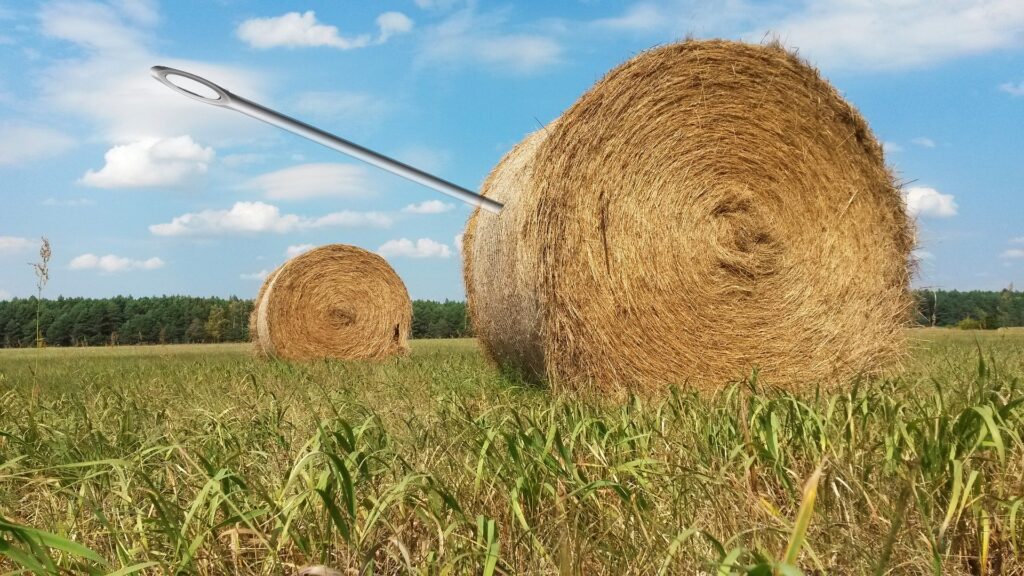Kickstart awareness of your latest research – follow the ‘Rule of 7’

Members of the conpher team regularly publish research articles in their chosen fields. They do this, like everyone else in academia, to have their findings, calculations, data and theories widely read by colleagues and peers around the world. But is it sufficient to just publish and then expect the world to come looking for it?
The answer to that, unless you have generated a reputation for yourself, is unfortunately no. There are almost 2 million articles published each year. How do you maximise awareness for your article?
From experience, our advice is that you really have to become a bit of a salesperson! Generate your own marketing plan. Yikes! Can’t the publisher do this? Well to a certain extent they can and they do, but it is that extra effort that you could add yourself which will make all the difference. So, let the conpher team help with a checklist of manageable and easily accomplishable tasks.
There is a sales and marketing theory many of our business management academic colleagues will be aware of, and even more of us who have been the target from it in our consumer lives.
‘The rule of 7’
The Rule of 7 is a marketing principle that states that your prospects (in our academic world – potential readers) need to come across your product (your article) at least seven times before they really notice it and start to take action. This helps them remember you amid an overwhelming amount of marketing messages and other information (all other articles) and positions you to get better results from your marketing (and academic research) efforts.
Preparation:
Make sure your article is available to be read! Seems obvious but think a minute. Did you publish the article using the open access option? Consider the following statement from one of the largest and most respected academic publishers Taylor & Francis – Articles published Open Select with Taylor & Francis typically receive over 6 times as many downloads and 32% more citations compared to those that are not published Open Select.
If you did not select OA, you may need to become more proactive. Did your publisher offer you offprints? They may incur a cost – but it may be an option that can help share your work.
– if so, you can start circulating those to colleagues. You can also investigate the possibility of posting your content to an open repository. By checking the copyright that protects your paper, you may have the option of submitting your author final version to one of the many open repositories – check here.
So how do you achieve 7 points of contact with your article?
Let’s start with the easy and obvious: Contact your colleagues, target audience
Even as an early career researcher you will have a network. Send them an e-mail and tell them you are published and take a look. You can share one of your offprints, or some may have access to a paywall journal.
Contact them by more than one format
Don’t just rely on that one piece of contact. For example; present your work at conferences; exploit social media, Twitter messages, Linked-In groups; share your presentation on Slideshare; write a blog; update your university homepage list of publications; create a podcast or create a video presentation of your article on Youtube.
Make your articles open access (legally!!)
By posting your content to an open repository or to an academic social media platform such as ResearchGate or Academia. By checking the copyright that protects your paper, you may have the option of submitting your author final version to one of the many open repositories – check here.
Find influencers
If you cannot approach them directly, wait until they post something relevant to your work and send them a reply intelligently. If they have a blog, watch what they write and then comment, with tagged links, when you can.
Be creative in your communications
Make your communications stand out a bit more than “please read” messages. Post segments which inform, raise curiosity, or contribute to debate. If you can, use illustrations that inform or entertain. And invite the readers to participate with your work, inviting comment and feedback.
Never give up
Unless your work is really out of date, keep promoting it because there are always new audiences or new contexts that make your work relevant, even months post‐publication.
Keep aware of usage
easy to see on Twitter and requests from colleagues for an off print, but Ask your publisher for download data – lots of trackers, not an exact science – but worth collating and analysing. You must be aware of Altmetric – if not it is worth a look! Altmetric begin collating the online mentions and shares of your research across the sources they track as soon as it’s published, meaning you can get almost immediate feedback on how it’s being received long before any citation data becomes available.
The amount of effort required to perform the actions listed above is not significant, especially if you consider the considerable time and effort you put into the research and the article writing. There is help out there, your university scholarly communications teams will have advice or – possibly try a great tool the conpher team really like – Kudos – they provide you with simple tools and guidance to help you maximize readership and citations for your work.
Not all of our findings will have huge impact or world changing value, but sharing our research however important, insignificant or even failed is important. One person’s trash is another person’s treasure. One researcher may find your work irrelevant, but another could use it to solidify or accelerate their own research.
If you need anymore help or guidance on this topic and other, register with conpher now and we will keep you informed, and if you are in a real jam, contact the team at [email protected] and we will do our best to help you out!


